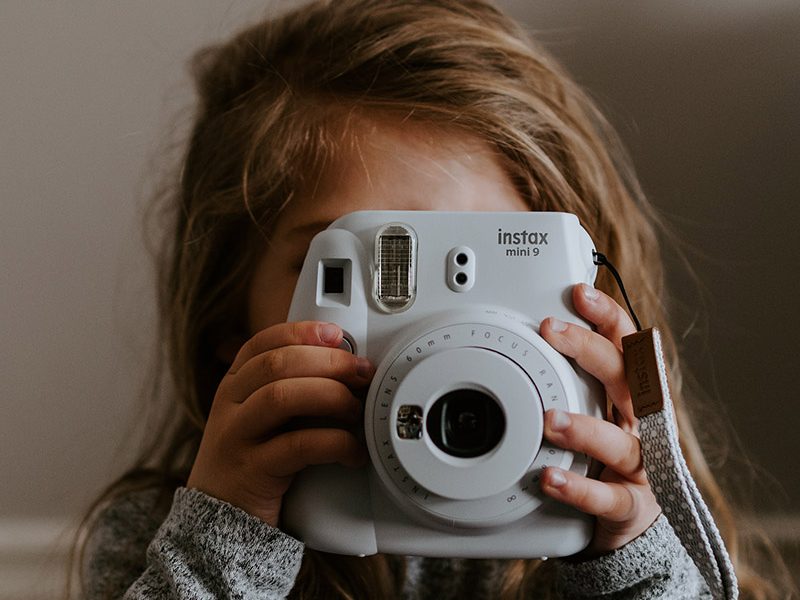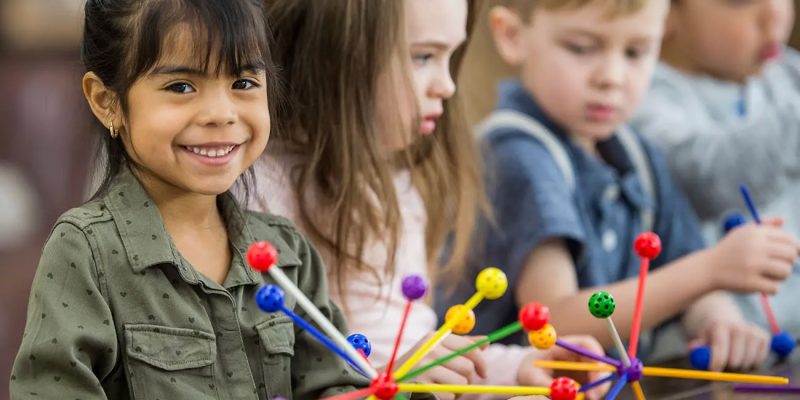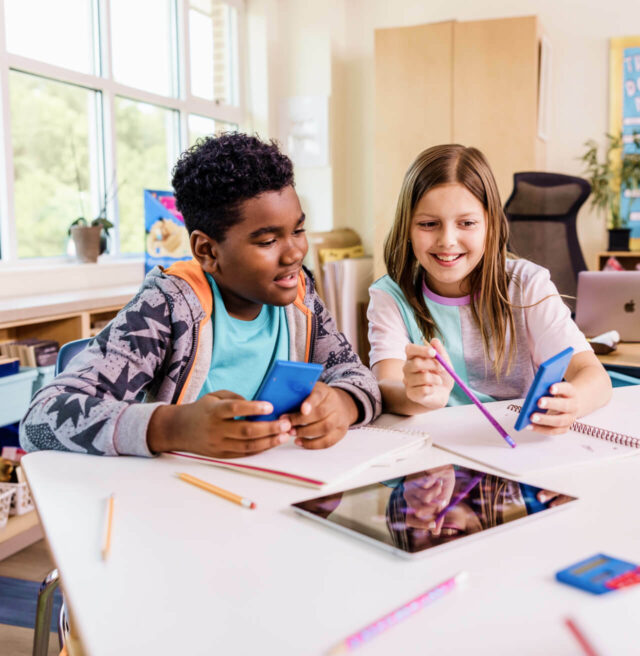Kindergarten
Our kindergarten curriculum is designed to nurture young minds and foster a love for learning.

The culmination of the early childhood philosophy is realized in our unique Kindergarten. The program hours are from 9:00 AM to 3:00 PM, Monday through Friday. The classroom is specifically designed for the Kindergarten experience, with a maximum class size of 20 students staffed by a Lead Teacher and Assistant Teacher.
The focus of this program Is academic preparation that fosters social, emotional, and cognitive development. Individual, small group, and large group settings will be utilized to facilitate learning. Children are encouraged to learn by doing, experiencing, observing, questioning, imitating, examining, and exploring. A relaxed and informal environment in which a rich variety of activities are provided will allow for individual differences. A positive self-concept will be stressed as children learn to be successful. The teacher will be the guide in the creation of a setting that will nurture growth and independence. Social science, vocal and instrumental music, foreign language, and creative movement will enrich the program.
Program Goals
Our Kindergarten Kids programs:
- Stimulate learning
- Arouse curiosity
- Promote independent thinking and problem solving
- Encourage physical and musical expression
- Provide an experience of responsibility
- Demonstrate respect for fellow students


Foster sharing and cooperation
Kindergarten will close two days in January for parent-teacher conferences. Teachers send home written reports in January and at the end of the year. A parent or a teacher may request a conference at any time.
Kindergarten Curriculum Content
The curriculum will use a developmentally appropriate approach to learning. There will be integration of the traditional content areas of language arts, mathematics, science, social studies, physical education, music and art.
Language Arts
- Pre-reading/writing will include: stories, poems, finger-play, nursery rhymes, sharing, dramatization, opposites, Handwriting Without Tears and the Kid Writing Program.
- Auditory and visual perception will include: alphabet (beginning and ending sounds), matching same and different, recognizing own name (rhyming and phonemic awareness).
- Auditory and visual perception will include: alphabet (beginning and ending sounds), matching same and different, recognizing own name (rhyming and phonemic awareness).


Mathematics
- Counting to 100 and identifying number symbols one to thirty.
- Classifying/grouping sets of objects according to similarities or differences, shapes, size or color.
- Ordinal numbers (first, second, third)
- Measuring linear, liquid, weight, temperature and fractions (1/2, ¼)
- Identifying money (penny, nickel, dime, quarter and bills)
- Concept of time. (hour, minutes, seconds)
- Recognizing geometric shapes (circle, triangle, rectangle, square, diamond, oval)
- Direction and the relation to space & Patterns.
